
-
Find the right food for your petTake this quiz to see which food may be the best for your furry friend.Find the right food for your petTake this quiz to see which food may be the best for your furry friend.Health CategoryFeatured products
 Adult Oral Care Small & Mini Chicken, Rice & Barley Recipe Dog Food
Adult Oral Care Small & Mini Chicken, Rice & Barley Recipe Dog FoodClinically proven kibble technology to reduce plaque & tartar build-up, specially designed for small & mini dogs
Shop Now Adult Small Bites Chicken & Barley Recipe Dog Food
Adult Small Bites Chicken & Barley Recipe Dog FoodSupports lean muscle for dogs who prefer smaller kibble
Shop Now Adult 7+ Small Bites Chicken Meal, Barley & Rice Recipe Dog Food
Adult 7+ Small Bites Chicken Meal, Barley & Rice Recipe Dog FoodSupports energy level and beautiful coat in mature dogs who prefer smaller kibble
Shop NowFeatured products Neutered Cat Young Adult with Salmon Cat Food
Neutered Cat Young Adult with Salmon Cat FoodPrecisely balanced nutrition with the delicious taste of salmon to meet the needs of neutered cats
Shop Now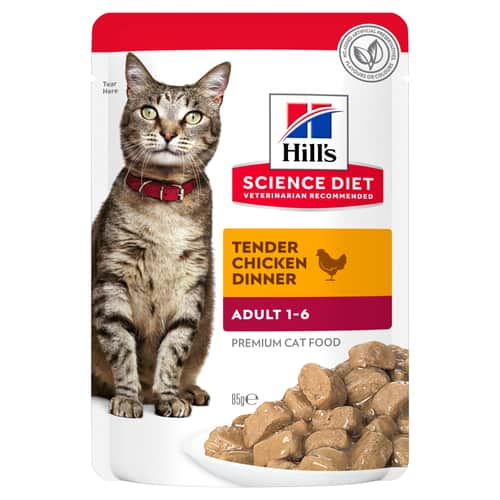 Adult Tender Chicken Dinner Cat Food
Adult Tender Chicken Dinner Cat FoodPrecisely balanced nutrition to support immunity, healthy digestion and lean muscles in cats
Shop Now Kitten Tender Chicken Dinner
Kitten Tender Chicken DinnerWith delicious chunks in a decadent gravy
Shop Now -
DogCat
- Cat Tips & Articles
-
Health Category
- Weight
- Skin & Food Sensitivities
- Urinary
- Digestive
- Kidney
- Dental
- Serious Illness
-
Life Stage
- Kitten Nutrition
- Adult Nutrition
Featured articles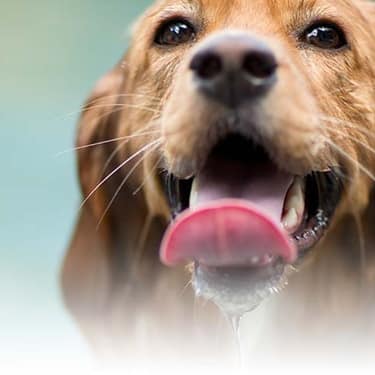 Water
WaterWater is the most important nutrient of all and essential for life. Animals can lose almost all their fat and half their protein and still survive, but if they lose 15% of their water, it will mean death.
Read More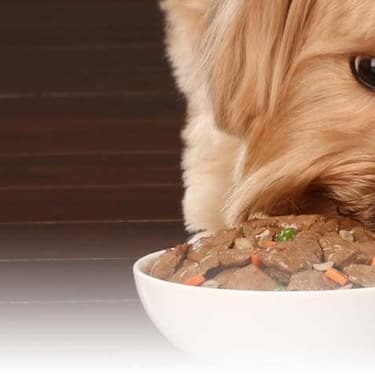 Pet Food Storage Tips
Pet Food Storage TipsWhere you store your cat and dog food can make a big difference in the quality and freshness once it is opened. Here are some common questions and recommendations for optimal storage for all of Hill’s dry and canned cat and dog food.
Read MoreHill's Australian Bushfire EffortsRead More -


Does your furry friend exhibit behaviors or characteristics that make you wonder, "What breed is my cat? Why does she have odd-colored eyes? Who will help me figure out how to determine my cat's breed?"
If your cat was not accompanied by official certification papers upon her adoption, she's probably not purebred. She is most likely a combination of a few breeds, although she may display dominant qualities of one over another.
Luckily, there are a few options for finding out to which breed your kitty cat belongs. However, filling out her family tree might be tricky, considering there are approximately 600 million domesticated cats roaming the earth.
What Breed Is My Cat?
One fun way to determine your cat's breed is to study her physical features and behavioral patterns. This option offers you quality time with your feline friend. For example, the Maine coon is a very popular cat, and familiarizing yourself with her temperament and physical features may lead you to discover commonalities with your own furry baby.
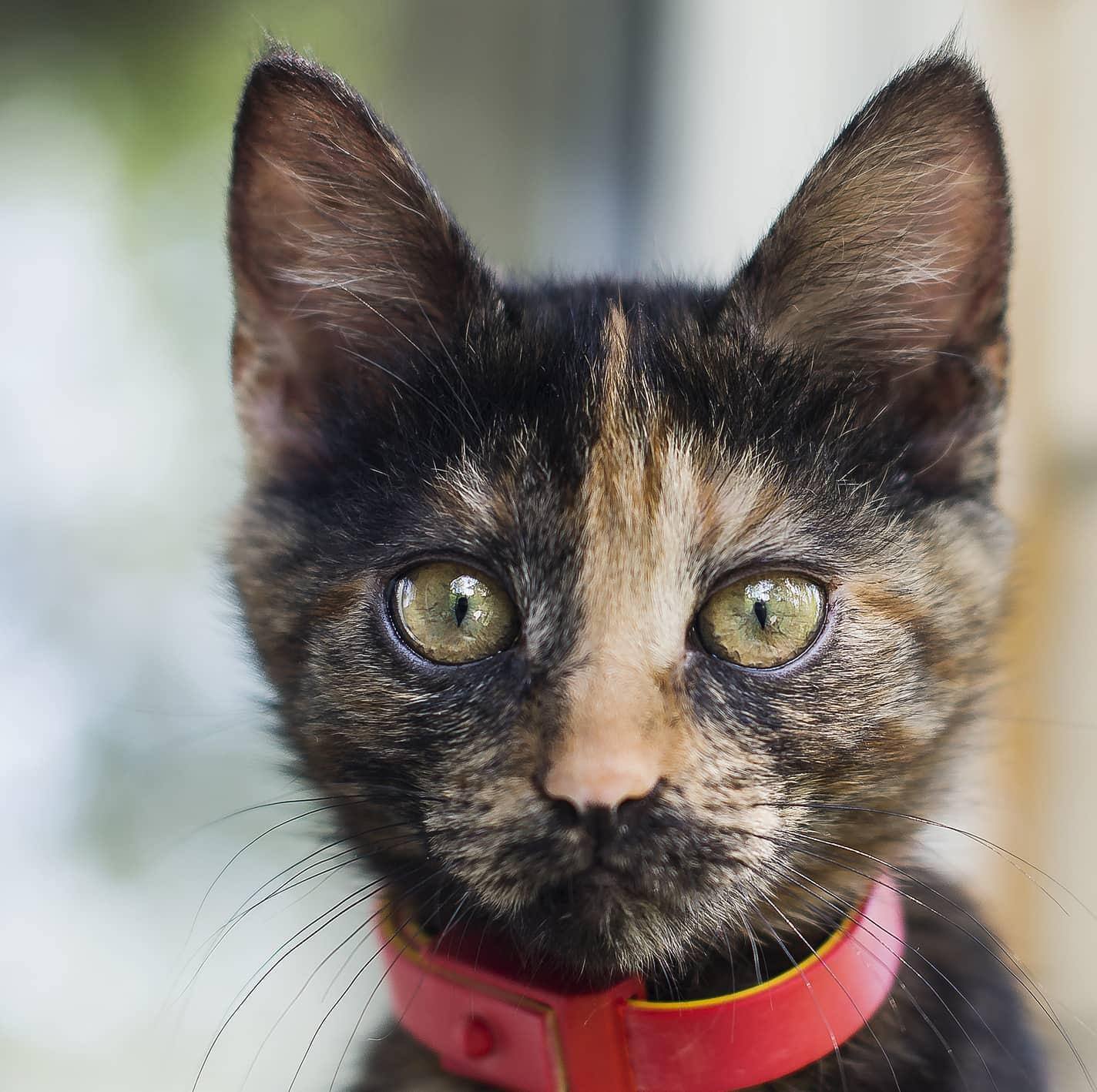
Here are some cat qualities to consider on your breed identification journey:
Size and Shape
Official clubs, such as The Cat Fanciers' Association (CFA) and The International Cat Association (TICA), set standards for pedigreed cats. Their experts look at many aspects of a cat's body, including size; proportion; head; ears; eyes; forehead; nose; muzzle; jaw; chin; neck; body; legs; paws; and tail. All this can be overwhelming, but a cat's height and weight are good starting points. If your kitty is long and large, she may be part Norwegian forest cat. Muscular and athletic but not fluffy? She could be part bengal, a sleek cat that resembles her big cat cousin. Or maybe she's a small cat, like the Burmese.
Head and Eyes
Another good physical indicator is her head. Asian breeds, like the Siamese, have a triangular head and ears, says TICA. Some breeds, including the British Shorthair, have round heads that match their sturdy bodies. The Siamese also has a very distinctive eye-shape (triangular), another key feature of a cat's breed. The color of a cat's eyes says a lot about her ancestry, especially if she has odd-colored eyes (one blue and one gold, for example) — a common feature of the Turkish Van.
Coat and Personality
Coats come in a variety of patterns — tortoise, tabby, and calico, to name a few — and a multitude of colors. Certain combinations are unique to certain breeds, but as the CFA explains, typically only your kitty's immediate parents determine her breed: "The color/patterns found in the pedigree of a kitten will NOT always directly affect the color/pattern of the kitten. One notable exception is the colorpoint gene, which can carry through a number of generations." A black cat doesn't necessarily mean your kitty's a Burmese.


Tasty Tips
Although it's true for many other animals, a cat's coat doesn't determine your kitty's temperament; however, her fur can provide some strong clues about her breed. As Chewy writes about the popular tabby, "They act as if they know their genetic label is 'wild type,' so named because their camouflage color is similar to that of their wild ancestors." Similarly, a dark gray cat may exhibit the personality traits, such as excessive talking, of a Russian Blue.
Genetics
There are numerous genetic tests that can be performed on cats, some of which you can purchase over-the-counter and others that are performed by a lab. According to the Veterinary Genetics Laboratory at the University of California Davis, not all tests will determine breed. Some are strictly for disease or other physical maladies.
Why Breed Matters
In addition to the fun of knowing your kitty's pedigree, an important reason for answering the question "What breed is my cat?" is that you can identify potential health problems that are common to a specific breed.
Research shows that the beautiful Abyssinian, for example, is more likely than other breeds to experience gingivitis and hip dysplasia, explains Trupanion. This doesn't mean your kitty will experience these problems, but if the potential exists, you can put preventative measures into place, like brushing your cat's teeth.
The next time someone asks what breed your cat is, perhaps you may be able to tell them, "She's a Siamese-calico ragdoll, and she's perfect." But no matter what breed your cat is, whether you find out or not, know that she is part of your family, and that is a lineage that you can certainly trace.


Christine O'Brien is a writer, mom, and long-time cat parent whose two Russian Blues rule the house. Her work also appears in Care.com, What to Expect, and Fit Pregnancy, where she writes about pets, pregnancy, and family life. Find and follow her on Instagram and Twitter @brovelliobrien.
Related products

With delicious chunks in a decadent gravy

With delicious chunks in a decadent gravy

Gourmet daily nutrition, carefully made. Tasty chunks with chicken & beef in a decadent gravy. Supports digestive health, nourishes skin and promotes a lustrous fur.

With delicious chunks in a decadent gravy
Related articles
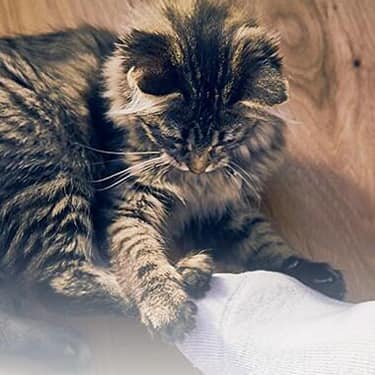
Discover which cat toys games your feline friend might like, and how they are great sources of exercise. Explore our library of articles to learn more.
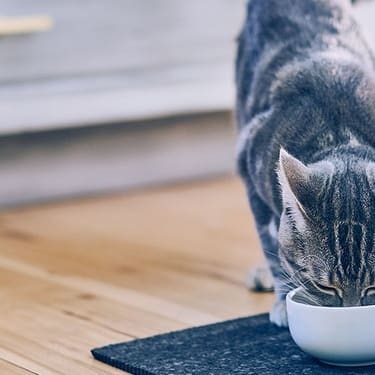
Good nutrition is about the right balance of nutrients. Learn more about health issues when feeding a cat food that has an improper nutritional balance from your friends at Hills Pet Nutrition.

Are you looking to get your cat more active? Does she constantly look bored? Then you may want to consider using a food-dispensing (also known as treat-dispensing) cat toy, which provides both physical and mental stimulation during snack times.
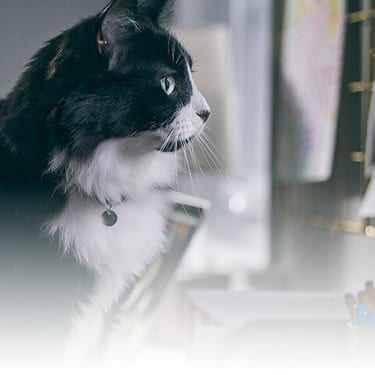
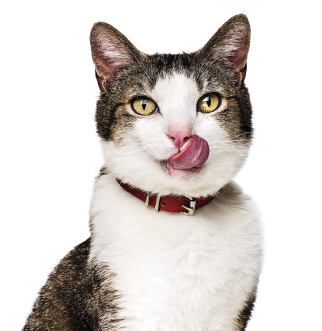
Put your cat on a diet without them knowing
Our low calorie formula helps you control your cat's weight. It's packed with high-quality protein for building lean muscles, and made with purposeful ingredients for a flavorful, nutritious meal. Clinically proven antioxidants, Vitamin C+E, help promote a healthy immune system.
Put your cat on a diet without them knowing
Our low calorie formula helps you control your cat's weight. It's packed with high-quality protein for building lean muscles, and made with purposeful ingredients for a flavorful, nutritious meal. Clinically proven antioxidants, Vitamin C+E, help promote a healthy immune system.

